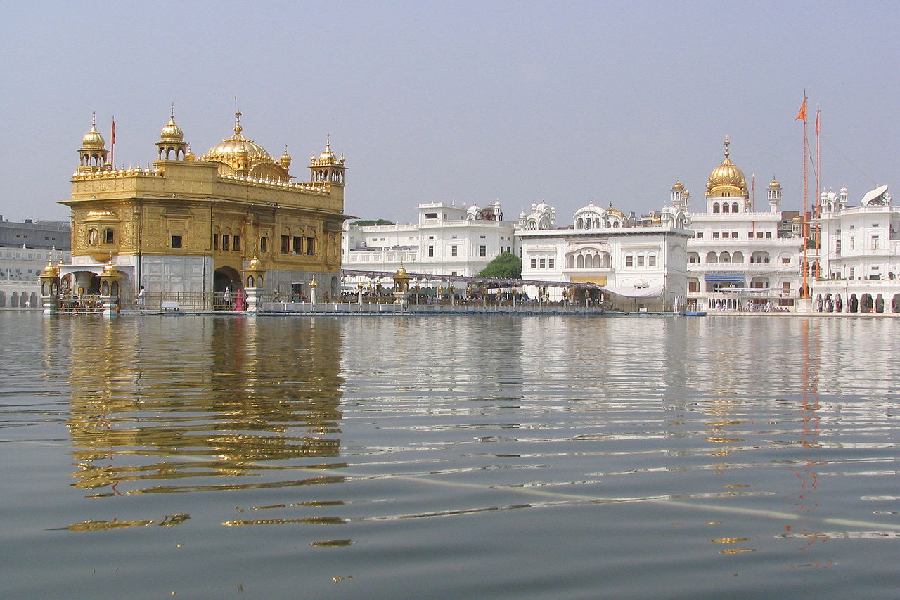Lights, cried Calcutta, and gaslights winked on Old Court Street. That was March 2, 1823.
But that was not enough. The city craved for more.
Hydrogen lamps replaced the gas lanterns on July 7, 1836. It lit up the old fort ramparts and cast eerie shadows on Central Tank (Laldighi), teeming with alligators and frequented by the occasional angler, adventurous enough to bait a reptile. The power-hungry city hooked on to electricity in 1875, the year the Prince of Wales visited Calcutta.
Facts such as these, laced with anecdotes, cram P. Thankappan Nair?s slim volume tracing the beats of the city?s ancient heart, Dalhousie Square. It is set to hit the stands in November.
Published by Action Research Conservation in Heritage (ARCH), the book ? Heritage Zone of the Nation: Dalhousie ? highlights the rich history of the commercial hub and explains why it should be declared the nation?s heritage zone, in dire need of conservation.
?It is not a scholarly treatise. You can call it more of an anthology of historical anecdotes, which makes for interesting reading and appeals to scholars and tourists alike,? says Nair.
The seed of the idea was sown a year ago, ?but it took a year to germinate and grow,?? says the barefoot chronicler of Calcutta?s past, describing his efforts to pen the 31st tome on his adopted home. Nair had to delve into his archive of manuscripts, make rounds of the libraries and archives to exhume the forgotten nuggets.
The book, in a way, marks Nair?s return to his roots ? chronicling the city ? after a stint as a research fellow in the Asiatic Society.
The 150-page text is divided into nine chapters ? Midday Hall, Time Square-Bibadi Bag, Citadel of Power, Speedpost and E-mail, Banking and Finance, Custodian of Justice, Parliament of Religion, Rocked by Revolution and Heritage of the Nation.
The commentary is interspersed with coloured illustrations, measure drawings of old buildings in the area, plans, colour photographs and maps.
?Old Prints of the high court, which was also the Supreme Court of India till 1911, Currency Building, St John?s Church, Treasury Building and the Old Fort have been incorporated,?? says Nair.
The book has a rare picture of the statue of Warren Hastings, on which plot the Telephone Bhavan now stands.
Arguing the need for the conservation of Dalhousie Square, which is one of the 100 listed sites by the World Monuments Fund, Nair writes in the preface: ?Dalhousie, in Calcutta, is a common heritage of the world, for it was built by the English and inherited by the people. The Americans supplied ice, the Chinese got their opium from here and the Swedes built the protestant Church??
He signs off with an emphatic claim that ?Dalhousie Square and its neighbourhood can rightly claim to be the heritage of the nation, as it was here that modern India was born.?










